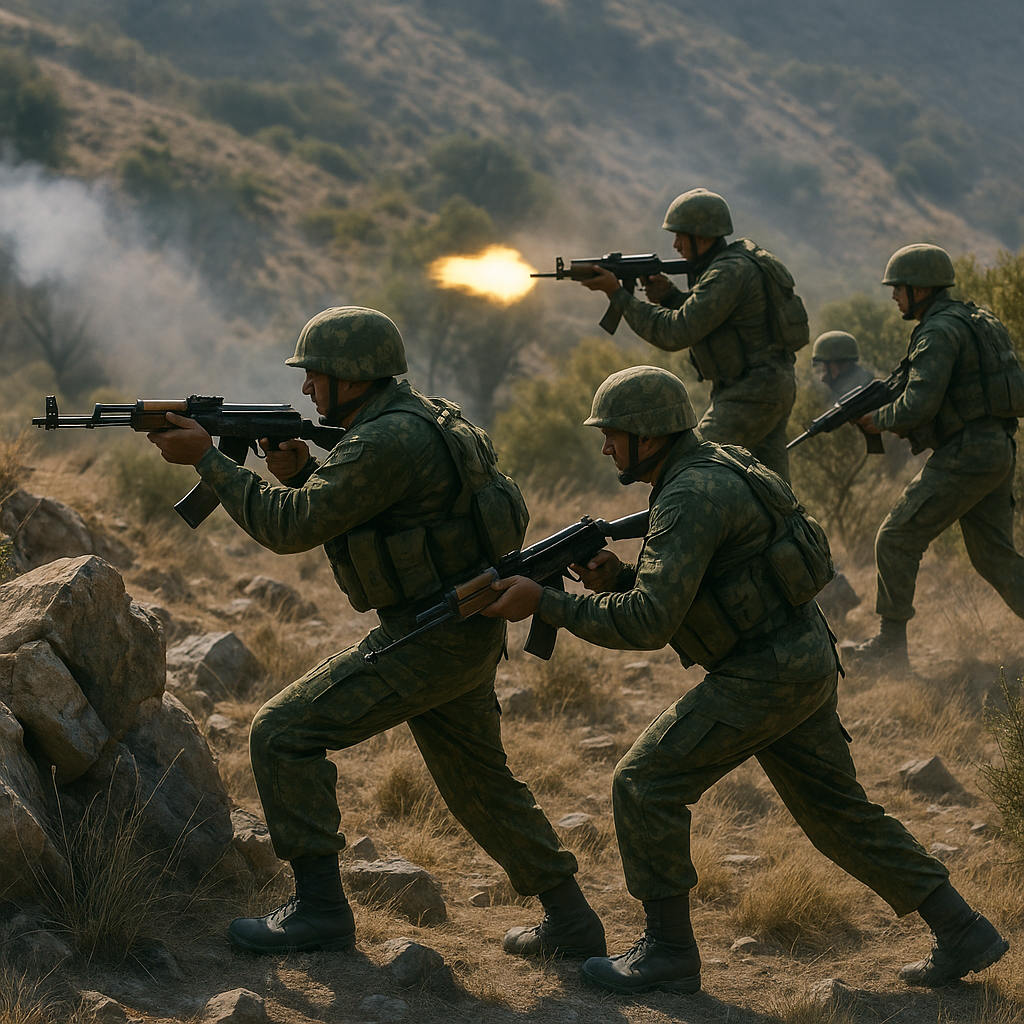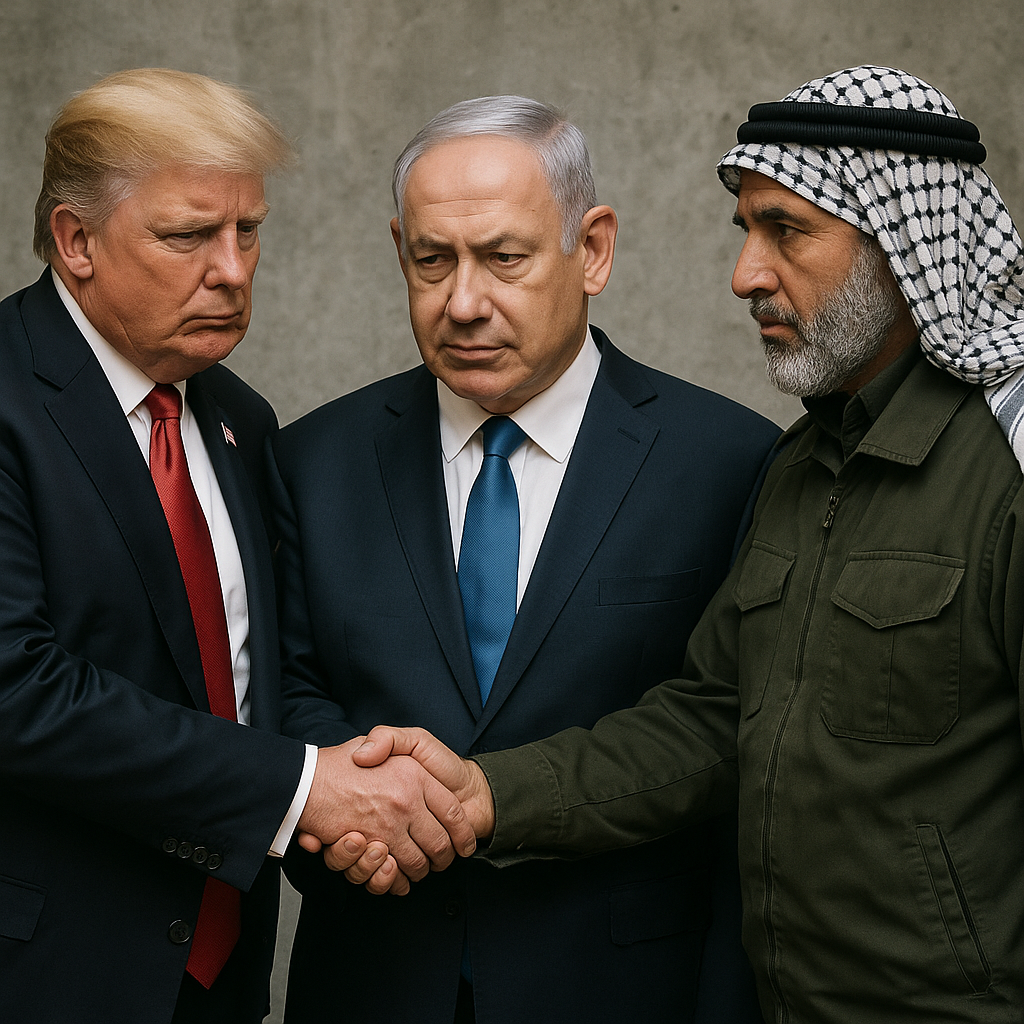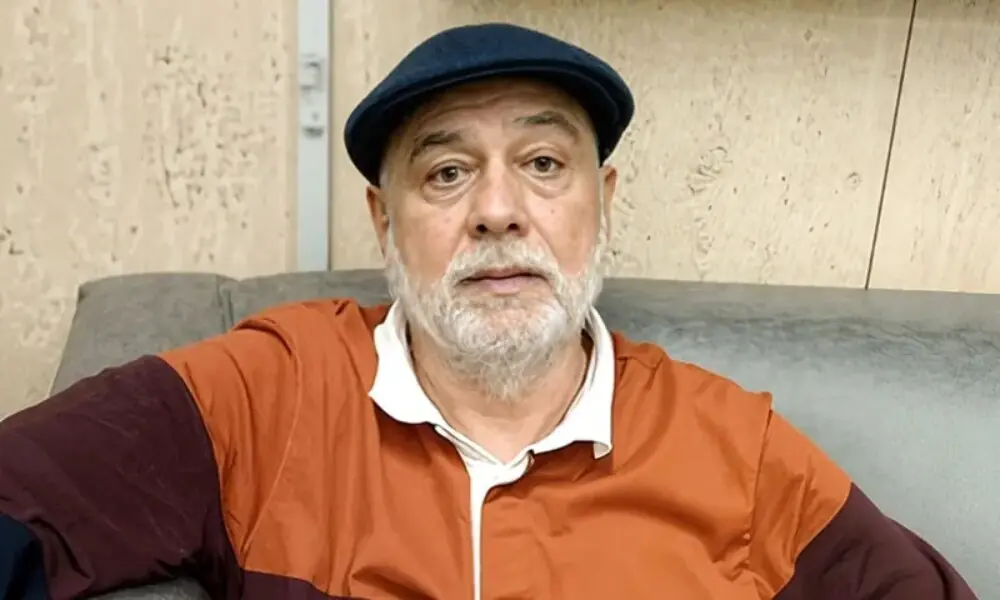Forces Eliminate 30 Militants Behind Orakzai Ambush — The War Enters a New Phase
In a powerful counter-offensive, Pakistan’s security forces have killed at least 30 militants linked to the brutal ambush in Orakzai that left 11 army personnel, including two senior officers, martyred earlier this week. The operation, carried out under intense intelligence coordination, marks one of the deadliest retaliatory strikes in recent months and signals a renewed phase of Pakistan’s fight against militancy in the northwestern region.
The Orakzai Ambush — A Calculated Strike
The tragic incident occurred earlier this week when a convoy of Pakistan Army personnel conducting an intelligence-based operation in Orakzai district came under heavy fire. The ambush was sophisticated and coordinated — militants detonated improvised explosive devices (IEDs) before opening fire from multiple elevated positions, leaving the troops with limited cover. Among those martyred were Lieutenant Colonel Junaid Tariq and Major Tayyab Rahat, both decorated officers known for leading from the front.
Witnesses from nearby villages reported hours of intermittent gunfire as reinforcements arrived to contain the situation. It became evident that the attackers had been well-informed, indicating the presence of a structured network operating in the rugged border region.
The Retaliatory Operation — Swift, Strategic, and Ruthless
In the aftermath of the attack, security forces launched an extensive operation spanning multiple pockets of Orakzai, Kurram, and adjoining tribal areas. Intelligence traced the movements of the fleeing militants through intercepted communications and drone surveillance. Within 48 hours, ground troops backed by aerial surveillance encircled the key hideouts believed to be the nerve centers behind the ambush.
The ensuing operation was fierce. Gun battles erupted across mountain ridges as the forces targeted militant camps, caves, and tunnels. According to security sources, 30 militants were “eliminated,” including several key commanders suspected of orchestrating the Orakzai assault. The troops recovered a cache of weapons, grenades, night-vision equipment, and foreign-made explosives — clear evidence of external support to the insurgents.
The Shadow of Fitna al-Khawarij
Officials have identified the culprits as members of “Fitna al-Khawarij” — the state’s term for the network of extremists operating under the broader umbrella of the Tehreek-e-Taliban Pakistan (TTP). These groups, though fragmented, remain active along Pakistan’s western frontier, regrouping in small units and launching targeted attacks on security personnel.
Intelligence assessments suggest the Orakzai attackers had received tactical training and logistical assistance from handlers across the border. This pattern mirrors the broader resurgence of militant activity witnessed since the collapse of peace talks in 2022. Security officials maintain that these networks operate with covert backing and have been attempting to destabilize Pakistan through a series of coordinated strikes.
Why Orakzai Is Critical
Orakzai’s geography makes it one of the most complex terrains for counter-terror operations. The area is a labyrinth of valleys, caves, and rugged hills that stretch toward the Afghan frontier — a natural fortress for militants seeking refuge from ongoing operations.
Historically, Orakzai has been a hotspot of insurgency since the early 2000s. After major operations in North and South Waziristan, fleeing militants often regrouped in Orakzai, establishing new bases and recruitment networks. The area’s remoteness and limited state presence have made it vulnerable to militant infiltration.
The latest incident has once again underscored how critical Orakzai remains to Pakistan’s internal security map. Officials believe stabilizing this district is vital for preventing the return of large-scale militancy to Khyber Pakhtunkhwa.
Military Resolve and National Response
The Pakistan Army has vowed to continue its counter-terrorism campaign with full force. The leadership has reiterated that sacrifices of officers and soldiers will not go in vain, and operations will continue until every trace of militancy is wiped out from the region.
In a series of statements, top officials praised the courage of the fallen soldiers, emphasizing that their blood strengthens the nation’s resolve. Tributes poured in from across the country, as citizens, political leaders, and veterans expressed solidarity with the armed forces. The martyrdom of two high-ranking officers has reignited calls for decisive and sustained military action across all militant-infested zones.
The Broader Context — A Regional Web
The Orakzai operation cannot be viewed in isolation. It reflects a broader regional dynamic where Pakistan faces security challenges spilling over from across the Afghan border. Since the political transition in Kabul, militant groups have found breathing space, exploiting the vacuum and attempting to rebuild their networks.
Security experts argue that such attacks aim to weaken Pakistan’s internal cohesion, challenge the army’s operational presence, and create instability in border districts. The recovered weaponry and advanced tactical coordination hint at foreign training and possibly transnational support — elements that continue to complicate the regional security equation.
Civilian Toll and Local Realities
Beyond the battleground, ordinary residents of Orakzai continue to bear the burden of violence. Markets remain shuttered, schools closed, and families displaced due to frequent operations. Many locals, despite fatigue from years of conflict, continue to support the army’s presence, recognizing it as the only guarantee of peace in an otherwise volatile region.
Development efforts have often lagged behind due to recurring security operations. Experts stress that long-term peace will depend not only on military victories but also on integrating these areas through infrastructure, education, and governance reforms.
What Lies Ahead
The elimination of 30 militants marks an important tactical success for Pakistan’s forces — but it also reveals the enduring nature of the challenge. Militancy in Orakzai and adjoining districts has proven to be hydra-headed; every decapitated network gives rise to smaller, more radical cells.
To secure lasting peace, the state will likely intensify its dual strategy: relentless military pressure combined with socio-economic reintegration. Analysts believe the next few months will determine whether Pakistan can contain this renewed insurgent wave before it escalates further into the settled districts.
For now, the message from the forces is clear: the fight is far from over — but the enemy is being hunted, cornered, and dismantled piece by piece.



